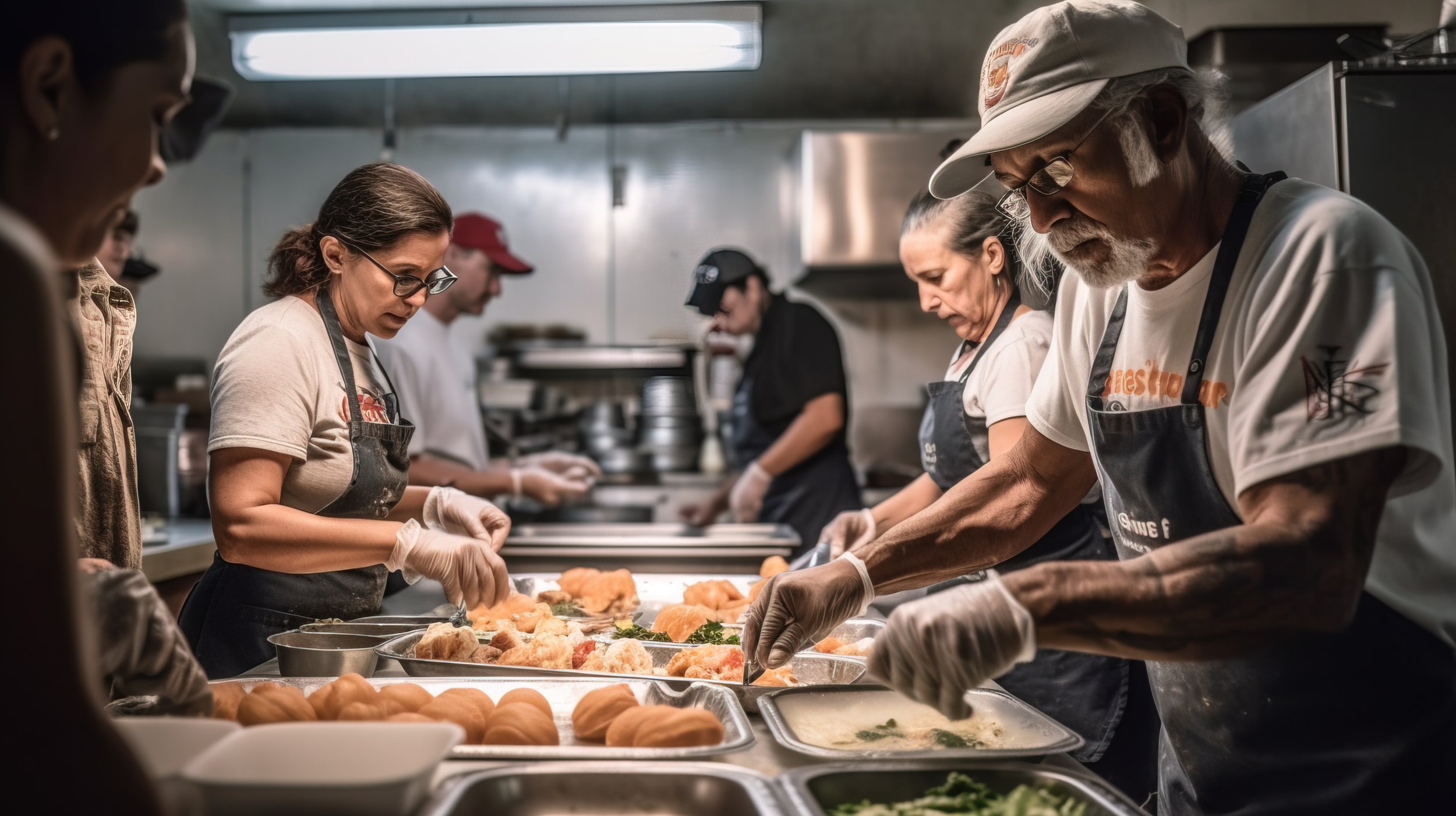Food nourishes the body and soul. A healthy diet helps children grow and reduces their risk of chronic diseases. Adults who have reliable access to nutritious food have a lower risk of obesity, heart disease, type 2 diabetes and certain cancers. And adults who do have chronic conditions are better able to manage them and avoid complications when they have a healthy diet.
However, a growing number of people in the United States are experiencing food insecurity, which is defined as a lack of consistent access to adequate, nutritious food. In 2022, approximately one in five adults reported experiencing household food insecurity, fueled by rising inflation and the end of safety net programs instituted during the COVID-19 pandemic. A lack of access to healthy options means many people turn to food that is high in calories, sugar and sodium and with low nutritional value.
The connection between access to nutritious food and socioeconomic status has brought the urgent need to address issues of food justice and equity to the forefront.
Innovations to improve nutrition and food security
To change the current trajectory, we need to improve access to fresh, nutritious food and water. Here are five innovations that, when practiced together, show promise:
Build local food ecosystems
Local food systems built through partnerships shorten the supply chain, are more sustainable and can be made culturally specific. Urban agriculture is increasing access to healthy, locally grown and culturally appropriate food in cities while also reducing transportation costs. The Black Food Security Network builds food ecosystems that work in partnership with Black farmers and use Black churches as distribution hubs. The network practices asset-based community development, which further develops the assets, or strengths, already present in a community. Growing and distributing food at the community level puts the individuals, organizations and institutions closest to the challenge in position to find and enact sustainable solutions. In Minnesota, chef Sean Sherman, founder and CEO of The Sioux Chef, deconstructs colonial culinary practices that rely on overprocessed food. Through his restaurant, nonprofit organization and food lab, Sherman promotes Indigenous foodways and works to improve access to Native American food. Local food supply chains can also be bolstered by nonprofit social supermarkets, inexpensive meal kit programs tailored to specific dietary needs, and food buyers’ clubs.
Integrate nutritious food and health care
Increasingly, medical professionals can prescribe fresh produce to food insecure patients with chronic conditions. Participants in Produce Rx in Washington DC are eligible to receive up to $120 each month to purchase fruits and vegetables. A food prescription program in Mississippi is bringing fresh food to rural residents. And the U.S. Department of Health and Human Services, through the Indian Health Service, recently announced the availability of $2.5 million in funding to support the development of produce prescription programs in Native communities.
Enact change at the federal level
Through its Agriculture Innovation Agenda, the U.S. Department of Agriculture is working to align its resources, programs and research to reach the goal of a 40% increase in agricultural production and a 50% reduction in environmental footprint by 2050. One component of the plan is to integrate innovative technologies and practices into customer-facing USDA programs. This includes the Supplemental Nutrition Assistance Program (SNAP), which is piloting a program that offers households the ability to use benefits at online grocers, adding convenience and variety while eliminating the barrier of transportation to acquire food. Another pilot program is experimenting with an app that allows recipients to pay with SNAP benefits using their digital wallet.
Reinvent the mission of food banks
More food banks are transitioning from charity organizations to social justice organizations that operate with the belief that food and health are human rights. This change means a shift in focus from pounds of food distributed to the success of services provided, including educational programs on nutrition and chronic diseases, culinary job training, food distribution, and centering on the lived expertise of the people and communities they serve. The Greater Chicago Food Depository offers free and paid job training programs in hospitality and supply chain and works with partners across Cook County on a wide range of job training programs. The Community Food Bank of Southern Arizona offers educational programs that include nutrition education, cooking classes and grocery store tours with a trained facilitator. Its soon-to-launch Healthy Heroes program with the University of Arizona will teach nutrition basics to kids in grades K-8 through an online platform that can be applied in their own kitchens with their families.
Improve food supply with blockchain technology
Blockchain technology, which is decentralized and transparent, is already being used to advance food system policies, traceability, food safety and access to nutritious food. It allows for swift identification and containment of foodborne illnesses or contaminants, which improves consumer safety. It can also streamline the supply chain by eliminating intermediaries to directly connect small-scale farmers and producers with consumers and retailers. These improvements can boost consumer trust, production speed and product efficiency, and can reduce food waste, all factors that contribute to healthy and robust food supply chain.
Interested in Sustainable Strategies for Innovation?
Explore our emerging trend insights.

